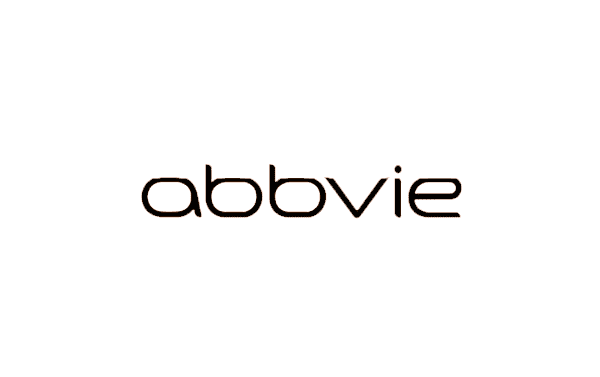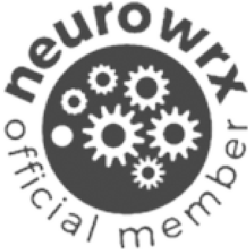What is neurodiversity, and why should it be considered when discussing accessibility?
Discussions around accessibility often focus on people who are blind, d/Deaf, or have mobility impairments. The barriers encountered by these groups are many and significant. Digital spaces and content aren’t created with disabled people in mind. The conversations frequently leave out an important element to consider — the challenges faced by people who are neurodivergent (ND).
People who are neurodivergent have brains that work in ways different from what society would consider typical, or “neurotypical”. When considering accessibility, it is important to consider humans’ broad range of neurodivergence, and how you can make your business accessible to everyone. Aspiritech’s team of autistic testers represent a broad range of neurodiversity. Their lived experiences plus training make them exceptionally adept at identifying all kinds of accessibility barriers when they test websites, apps, and devices.
Neurodivergence can include differences in cognition, communication, social skills, and behavior. Under the ND umbrella are:
-
- Autism
-
- ADHD
-
- Dyslexia
-
- Dyspraxia
-
- Dyscalculia
It is estimated that 15-20 percent of the population is neurodivergent. ND people can experience many different cognitive variations in various severities, often in executive functioning and cognition areas. Every person’s experience is unique. Some features include:
-
- Difficulty maintaining attention
-
- Memory problems, including forgetfulness and poor working memory
-
- Processing speed
-
- Impulsivity
-
- Issues with time management
-
- Difficulty with letters and language, numbers, symbols, and math
-
- Understanding and making choices
-
- Sensory processing difficulties and sensory overload
Neurotypical individuals can also have situational or temporary cognitive impairments brought on by stress, lack of sleep, illness, or loud, distracting environments.
What barriers exist in digital spaces, and how can we address them?
Just because conditions under the ND umbrella are often invisible doesn’t mean neurodivergent people don’t experience barriers on the web or with digital content. The executive functioning difficulties mentioned above can create hurdles when navigating the web, using mobile devices, reading content, or playing video games. Here are a few examples that can create poor user experiences:
-
- A recipe blog with excessive text to scroll through before the recipe
-
- A website cluttered with auto-playing ads, carousels, or other multimedia that can’t be stopped
-
- Lack of consistent, predictable navigation or breadcrumbs to help the person orient to where they are on the site
-
- A check-out page with time limits
-
- A video game that doesn’t have waypoints, map markers, or quest logs to help the player focus on specific objectives
-
- An app that utilizes many bright colors that distract from the content
-
- Someone who “stims” (Stimming: What it is and why Autistic people do it) might shake their phone or mouse, or swipe their screen and accidentally activate functionality on their device/app
-
- Certain fonts can be difficult for people with Dyslexia to read
There is no one-size-fits-all option with accessibility. Making your website, app, or digital content accessible to some can often help everyone. Some of the common approaches for users who are blind, d/Deaf, or have mobility issues will also help ND users:
-
- Avoid using GIFs or auto-playing content – if you use it, use it sparingly, don’t have it loop, and provide a way to pause, stop, or hide that content
-
- Delivering content in multiple formats – text, video/audio, images, etc.
-
- Meeting color contrast guidelines
-
- Providing captions and transcripts for video and audio content
-
- Using plain language and avoiding jargon
-
- Including alt text on images
-
- Using proper headings
While these approaches are necessary and help a broad range of people, including neurodivergence in conversations around accessibility will only bring about innovations that will make the web and content more usable and accessible to a wider range of people.
Research and guidance on how to design with neurodivergent people in mind are lacking, meaning it’s essential to consult with people who have lived experience. Getting feedback from people who encounter specific barriers is the best way to begin closing gaps.
“Digital accessibility for neurodivergent people means having reasonable access to digital devices that can themselves be modified—with minimal difficulty—so that they can be utilized most effectively for neurodivergent people,” said Julia Opalinski, an autistic woman and an Aspiritech analyst. “Web spaces that aren’t designed in such a way that they are more likely to cause/contribute to meltdowns and sensory overload.”
Aspiritech tests for Web Content Accessibility Guidelines (WCAG) 2.1 Success Criteria and will be sharing more about how it applies to neurodiversity. Check out Cognitive Accessibility at W3C and Making Content Usable for People with Cognitive and Learning Disabilities for more information.
Aspiritech’s team of accessibility testers approaches every project through the lens of their lived experience. This allows us to go beyond the standards in the Web Content Accessibility Guidelines (WCAG) and provide a complete picture of your product’s usability and user experience.
More resources about neurodiversity:
____________________________________________________________________________
A note on language: People prefer different language to refer to their disabilities. While some prefer identity-first language, such as disabled person or autistic person. Others prefer person-first language such as person with a disability or person on the spectrum. In an effort to respect individual preferences, Aspiritech uses both options in our language.



















